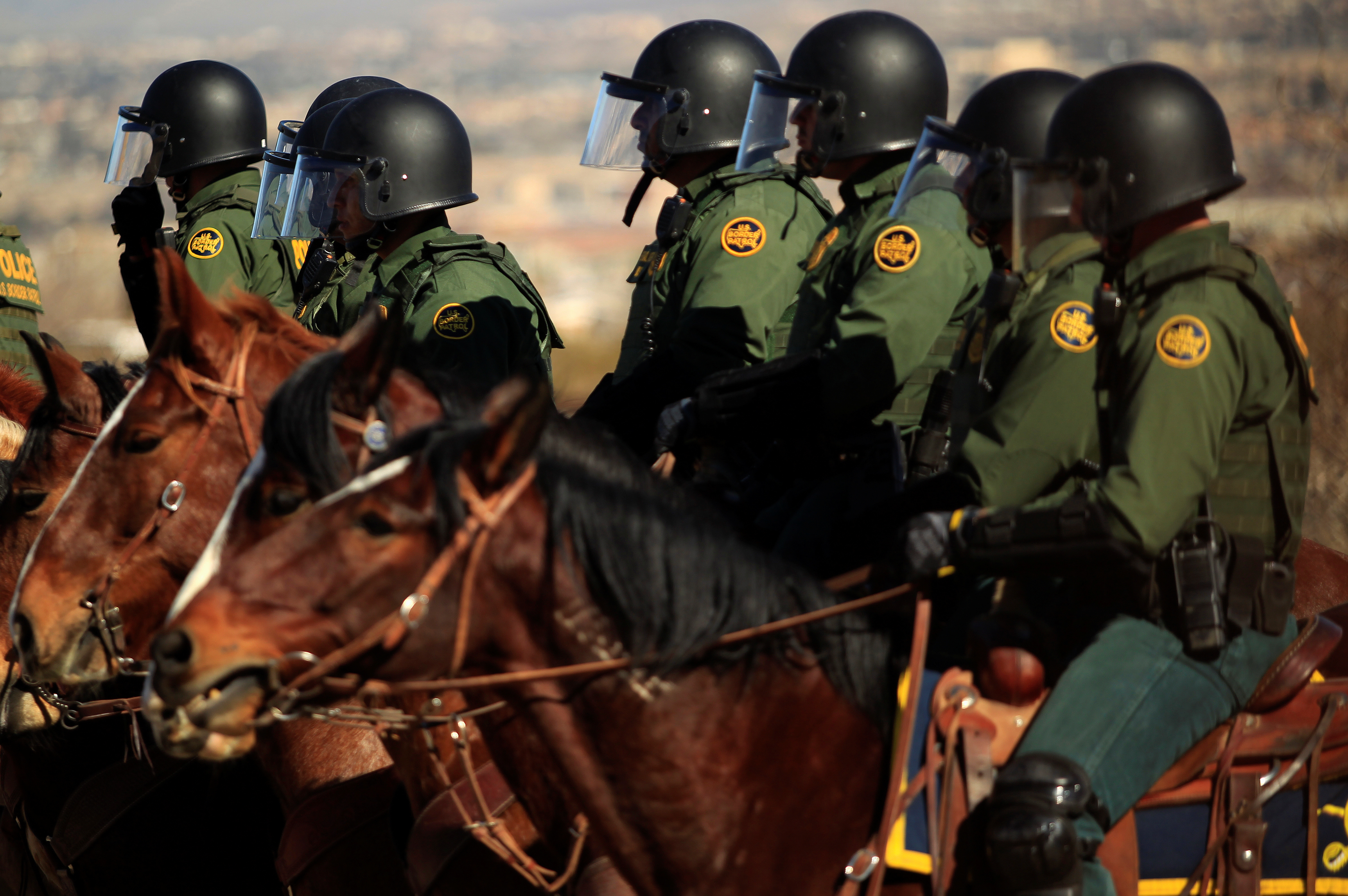
(Reuters) – U.S. Border Patrol said on Friday its resources were being stretched thin by larger and larger groups of Central American families left by smugglers in remote locations along the U.S. Mexico border.
So far in fiscal year 2019, which began last October, the Border Patrol has apprehended 60 groups of 100 or more migrants, compared with 13 during the entire 2018 fiscal year and just two large groups caught in the 2017 fiscal year, a U.S. Customs and Border Protection (CBP) official said on a call with reporters.
Until recently, most people caught crossing the border illegally were men from Mexico, but now Central American families and unaccompanied minors make up some 60 percent of those apprehended, data from the agency show.
Facilities built decades ago are struggling to cope with the influx of migrant families, many with young children, who are often in need of medical care.
“Large bus loads of individuals are being bussed up to the border and we don’t have any infrastructure in that area,” the official said on the call with reporters.
Many of the migrants who may seek passage with smugglers in their journey through Mexico cross the border and turn themselves into U.S. authorities to seek asylum in the United States, a drawn-out court process that can take months or years to resolve.
The border patrol official said smugglers drop off large groups as a diversion tactic to tie up law enforcement resources in order to move drugs across other parts of the border.
The Trump administration has tried to curb access to asylum, including by starting a program that would require applicants to wait out their legal proceedings in Mexico.
Human rights advocates say increased border security and daily quotas put on asylum requests at ports of entry are among factors pushing large groups of migrants to cross the border in risky, remote areas.
Just how dangerous these crossings can be was highlighted in December when a 7-year-old girl from Guatemala died in U.S. custody after she and her father crossed in a large group in a remote area of New Mexico. Weeks later, an 8-year-old Guatemalan boy died after crossing the border with his father near El Paso, Texas.
Overall, illegal crossings at the southern border have dropped dramatically compared to previous decades but in recent years the number of families and unaccompanied children heading to the United States has increased.
(Reporting by Mica Rosenberg in New York; writing by Andrew Hay in New Mexico; Editing by Leslie Adler)








